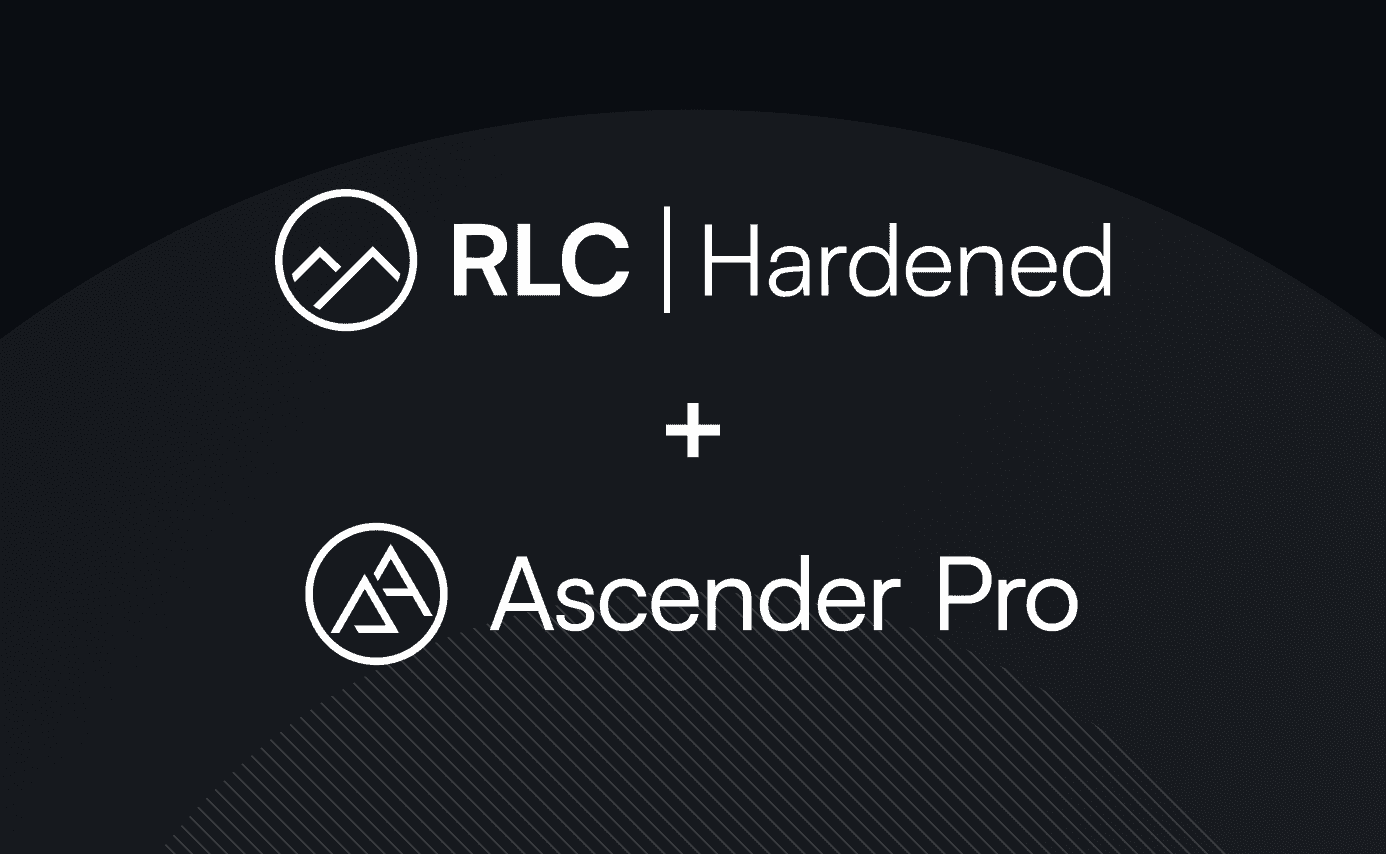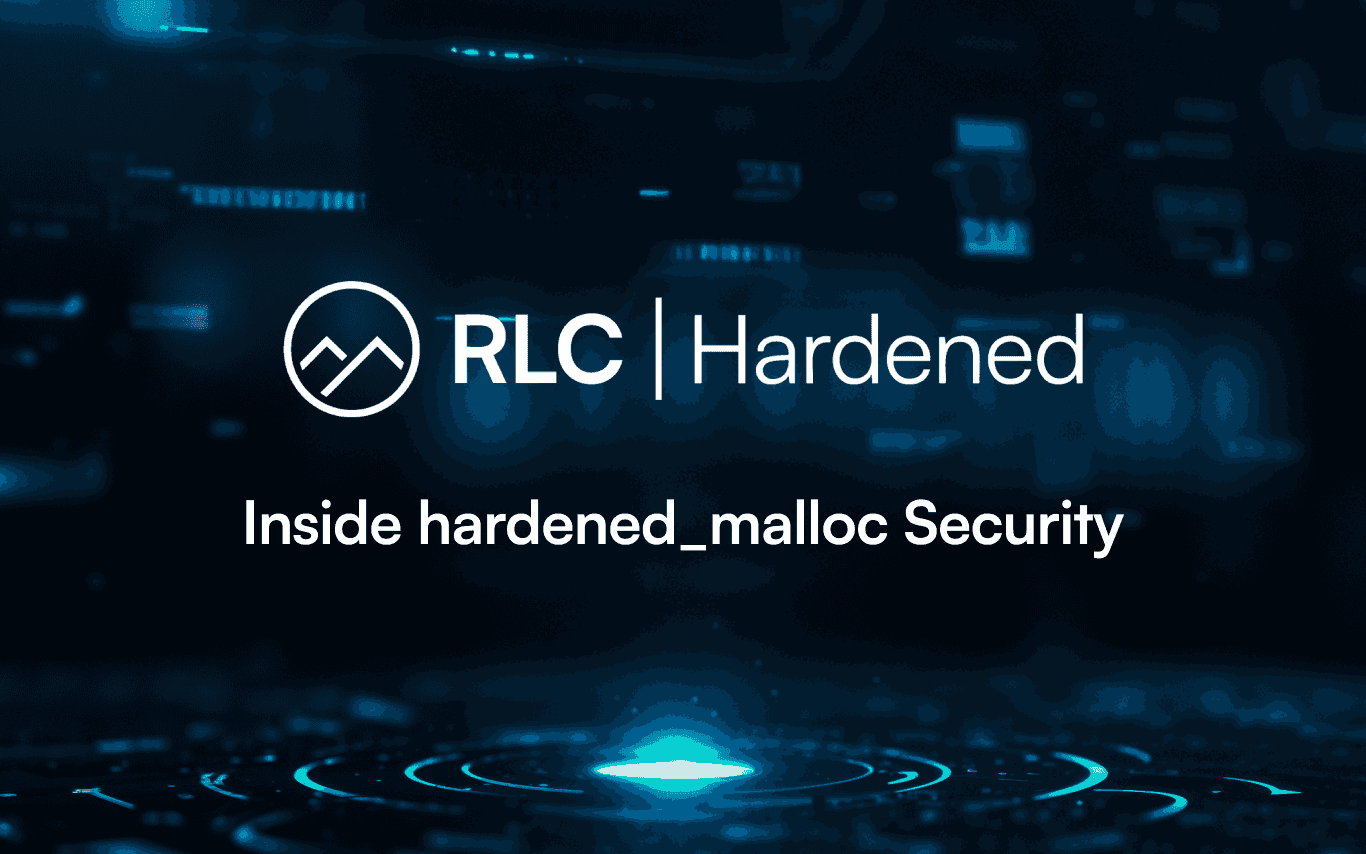4 min read
Linux Security: a comparison of manual vs pre-hardening of the operating system

It’s quite possible that your security team is losing a race they can't possibly win.
In 2018, attackers needed about 63 days between discovering a vulnerability and exploiting it in the wild. By 2023, that window collapsed to just 5 days. Meanwhile, most organizations will employ a manual hardening process that takes on average just over 100 days to test and deploy patches across their infrastructure. This math does not add up as you're running in slow motion while threats move at machine speed.
A pragmatic look at the cost of manual hardening a Linux distribution
Securing a Linux distribution is comprised of a few key tasks:
- Hardening individual components in the kernel
- CVE remediation and application of security patches and updates
- Manual rollout and elimination of drift across an entire fleet
- Compliance with key security standards
There is a lot involved and the tasks associated with remaining secure are substantial. While patch management is more of a maintenance concern, upfront hardening for a more secure environment is still a considerable task.
Let’s explore the standards to get a better sense of this. Hardening a single Linux system to meet CIS Benchmark or DISA STIG compliance takes somewhere between 5-14 hours of specialized work. CIS Benchmarks for RHEL contain roughly 400 individual configuration checks. DISA STIG for Ubuntu has over 300 rules. Even using OpenSCAP to generate remediation scripts, getting to 100% compliance requires hours of validation, customization, and documentation because every organization has different requirements.
But that's just day one. Ongoing maintenance also adds substantial effort to this challenge as DISA releases STIG updates quarterly. CIS Benchmarks evolve regularly. CVE volumes keep surging. And then there's configuration drift, the silent killer of security posture.
Your Linux admins spend hours achieving compliance, and almost immediately, application teams start modifying configurations to support their workloads. Within weeks, your carefully hardened servers each have unique configurations, and you're playing an endless game of trying to maintain a security baseline.
For even a mid-size enterprise managing 500 Linux servers, the numbers are brutal. To manually harden, apply security updates, and manage drift within the fleet, it would take about 22,000 engineer-hours annually (that's 11 full-time people) and cost approximately $1.65 million. This doesn't include incident response, which manual processes make substantially more time-consuming. And this assumes you have the resources that can effectively and efficiently do this work.
With a pre-hardened distribution the same work would take less than 500 hours annually (0.25 FTE) at about $37,500.
This represents a 95% reduction in labor cost alone. But the real cost isn't just the hours, it's what you're not doing while you're stuck maintaining baseline configurations. Every hour spent on manual hardening is an hour not spent on threat hunting, incident response, or actually securing your applications.
82% of cloud misconfigurations are human error
When your security posture depends entirely on the manual configuration of dozens of individual controls across hundreds of systems, you substantially increase your risk. You can only hope that the person doing the work understands the security implications of every setting and that each modification is validated and documented.
Gartner reports that 82% of cloud misconfigurations stem from human error. Not sophisticated attacks. A misconfigured SELinux policy. An incorrectly set file permission. A security control that got changed to fix an application issue and never got reverted. These aren't theoretical risks. Organizations spend 100-400+ hours annually just collecting evidence for compliance audits, yet 40% of audits still show recurring deficiencies. And when breaches happen where noncompliance is a factor, they cost an average of $220,000 more.
The hard truth is manual hardening simply doesn't scale. With 70% of cybersecurity professionals reporting their teams are understaffed, organizations lack the personnel to maintain manual security processes at enterprise scale and it’s nearly impossible to hire your way out of a broken process.
Security as architecture, not an afterthought
What if security configurations weren't something you applied after deployment but something embedded in the foundation itself? Instead of taking a generic Linux distribution and spending hours hardening the kernel, employing cryptographic modules and memory allocators, what if those configurations came pre-validated, already documented, and already compliant?
Rocky Linux from CIQ Hardened (RLC-H) is a Linux distribution built specifically to handle this problem. It employs security and compliance configurations within the packaged distribution. More explicitly it gives you a Linux distribution that will be the same hardened image for your entire fleet and packages the following.
- Pre-configured security controls like Linux Kernel Runtime Guard for integrity monitoring, hardened_malloc for memory protection, and hardened glibc, all configured and validated before deployment.
- Continuous compliance with optional DISA STIG or CIS Benchmark hardening built-in, complete with SBOMs, signed checksums, and compliance documentation. This eliminates the manual STIG work required each quarter.
- Proactive security posture with ahead-of-upstream CVE mitigations for entire classes of vulnerabilities, long-term support with guaranteed CVE remediation, and Secure Boot support all with full ABI, API, and kABI compatibility with other Enterprise Linux distributions.
The approach works because it solves the root problem: security shouldn't be configured into systems after deployment. It should be foundational architecture that systems ship with by default.
Linux security: Cost center or strategic enabler
Ultimately, security foundations built on manual processes aren't just inefficient, they're organizationally irresponsible. They result in added resources, misconfigurations and costly breaches.
Pre-hardening doesn't just save time and money, it transforms security from a bottleneck into an enabler. Your security engineers stop fighting baseline maintenance and start focusing on strategic problems: threat hunting, architecture design, and actually protecting your applications. Your Linux admins stop firefighting configuration drift and start delivering value. Your compliance team stops scrambling for audit evidence and starts providing real security insights.
The math is straightforward. The strategic advantage is undeniable. The only question is whether you want to keep running in slow motion while threats move at machine speed, or whether you're ready to build security into your foundation rather than layering it on afterward.
Sources: IBM Cost of Data Breach Report 2024, Mandiant M-Trends 2023, Ponemon Institute, Gartner Cloud Security Reports, CIS Benchmarks, DISA STIG Documentation, Palo Alto Networks Unit 42 Cloud Threat Report 2023, (ISC)² Cybersecurity Workforce Study
Built for Scale. Chosen by the World’s Best.
1.4M+
Rocky Linux instances
Being used world wide
90%
Of fortune 100 companies
Use CIQ supported technologies
250k
Avg. monthly downloads
Rocky Linux


